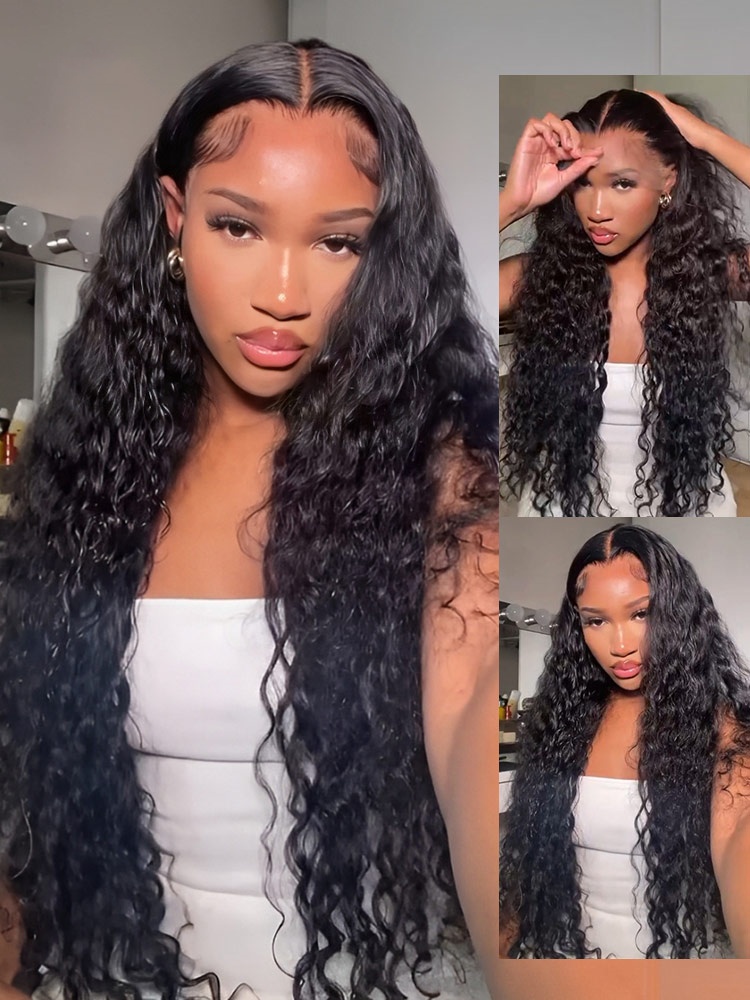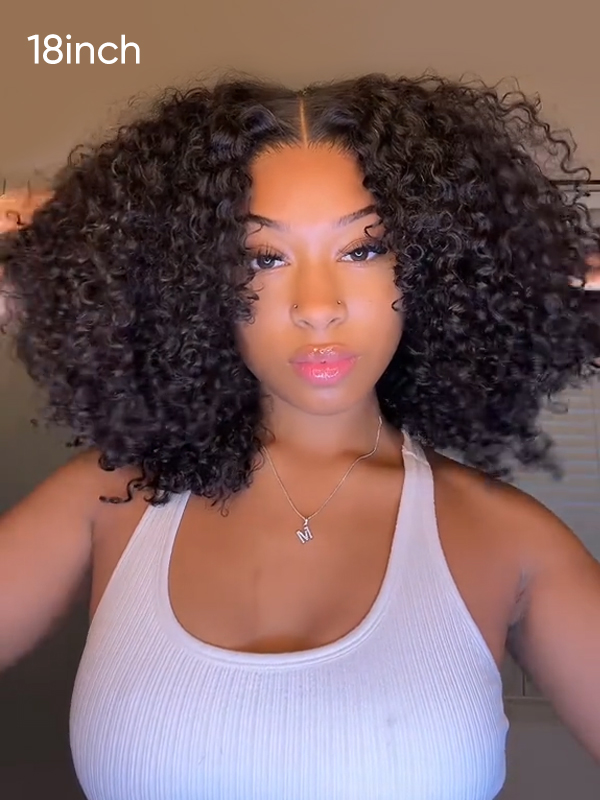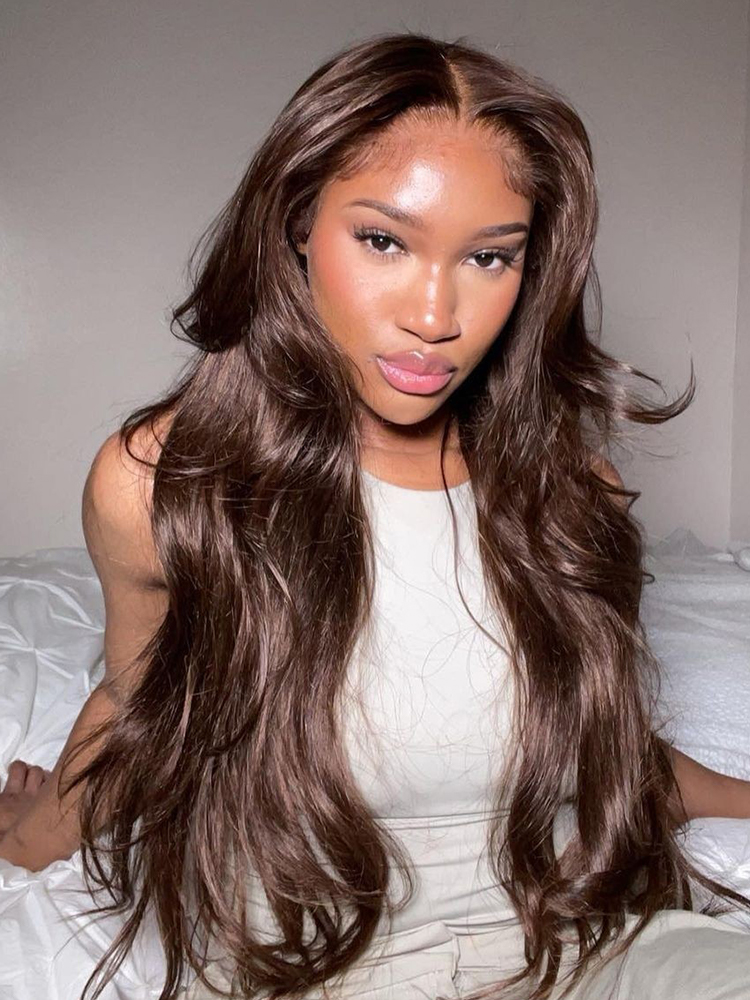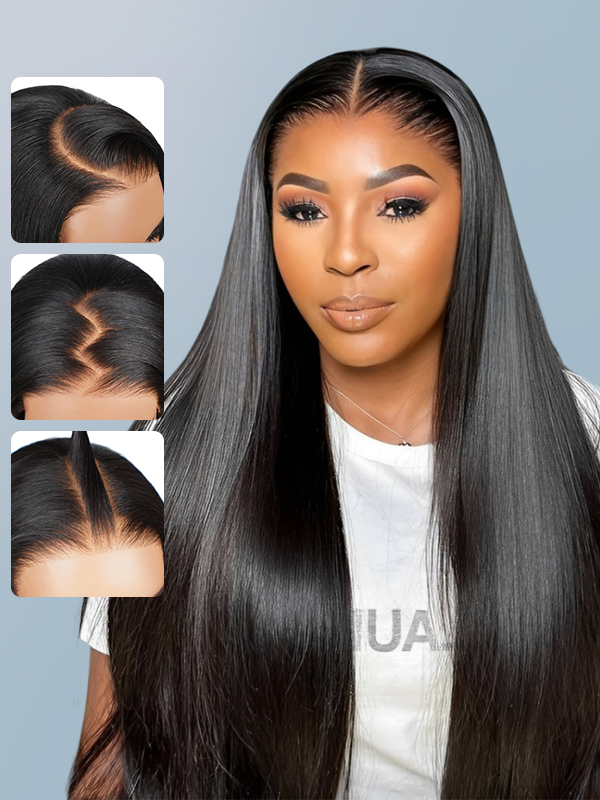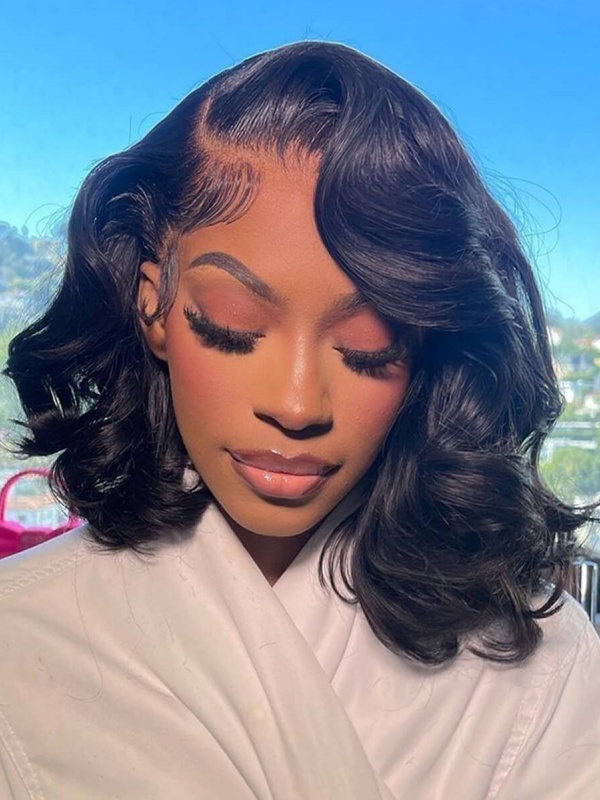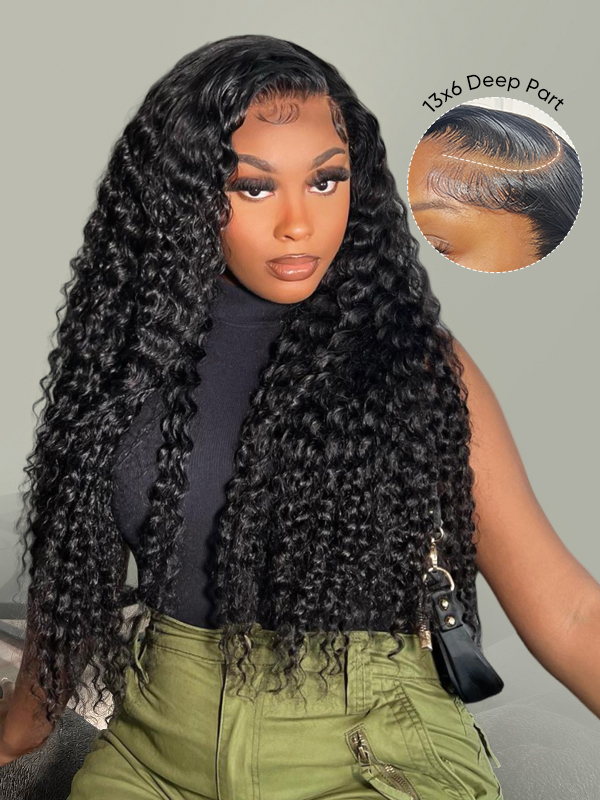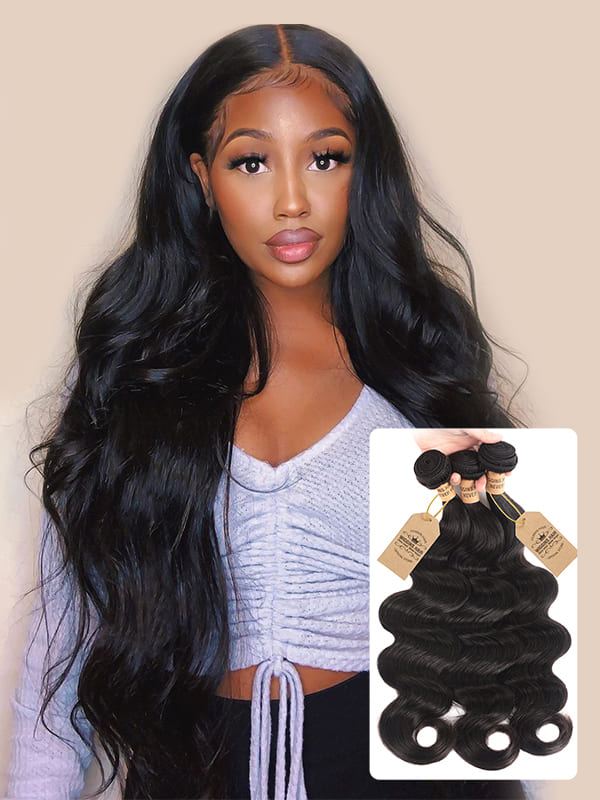Understanding the difference between closure and frontal when getting the perfect hairpiece for completing any good wig or woven installation is most important. While both options make for great protective styling and really blend seamlessly with natural hair, there are some considerations that must be taken into account when it comes to how much coverage a particular method can provide, as well as their ability to be styled and how they are installed.
What is Closure?
A closure is a hairpiece made to resemble a scalp and is most often used to customize a sew-in or wig, closing the part with no natural hair showing. There are different sizes of closures, the most common sizes being 4x4 inches, 5x5 inches, and 6x6 inches to cover the specified portion of the top or front of the head.
The most commonly available are in lace and silk base styles and lace closures are preferred over others as a lace option has a great ability to mimic a scalp when the closing is done meticulously. The lack of parking space makes closures a limited choice, but the low maintenance and easy beginner-friendly option goes well with installed and natural hair.

What is a Frontal?
On the other hand, a frontal will reach from ear to ear and cover the entire front hairline to make it look more seamless and natural. Frontal wigs typically measure 13x4 or 13x6 inches, and their larger parting space accommodates more styling versus bent fronts because they can part the hair back for high ponytails and sleek buns, among other styles.
Compared to closures, frontals create the appearance of a complete real hairline, thus being the selection of choice for those looking for a more aesthetic and adjustable style.
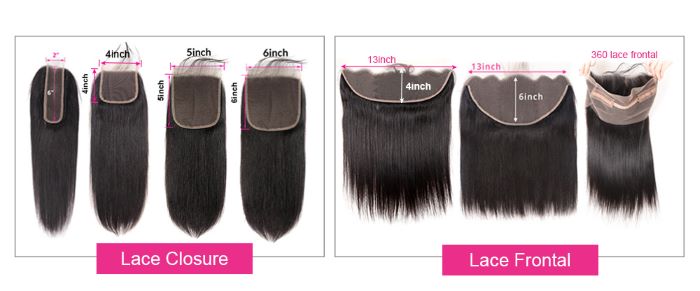
Installation Process and Maintenance Differences
The difference between closure and frontal is in the installation because closing is easier and needs much less effort than frontals. Since closures are generally sewn or glued in place, they offer a secure and long-lasting lifestyle that requires little to no reapplication. They don’t leave as much area exposed, meaning that they don’t move much and don’t need much maintenance since they’re in place.
But frontals take more skill to install correctly, since they have to be fastened with adhesive or sewn into a manner that appears to blend into the hairline. To mimic the scalp, the lace along the edge has to be plucked, tinted, or bleached to give your purchase a very accurate representation of the actual product.
Also, adhesives or glues used on frontals require regular touch-ups to look perfect. Frontals offer more styling versatility but come with a higher degree of maintenance and care to keep them from becoming detectable.

Styling Versatility and Natural Appearance
The level of styling freedom each provides is undoubtedly the major reason for one’s choice. Closures come with limited styling options as they only offer parting in a particular section of the hair, most commonly in the middle or on the side.
Although they make the hair look natural and polished, they do not let you style with a bald in the front or pulled-back styles. For those who would rather go with a simple, everyday style that does not need to be changed as often, closures are a good choice.
As for the frontals, they are extremely flexible with hairstyling. They can be pulled back or worn down because they don’t interfere with the many ways of parting the hair or impeding creativity.
Individuals who love to experiment with different hairstyles can make use of the frontals because it is easy to style in different ways without revealing the installation.
Frontals allow you to create baby hairs, define the hairline, and get a proper natural scalp illusion, which makes them the go-to option for people who want to see the real hairline of a natural-haired girl.
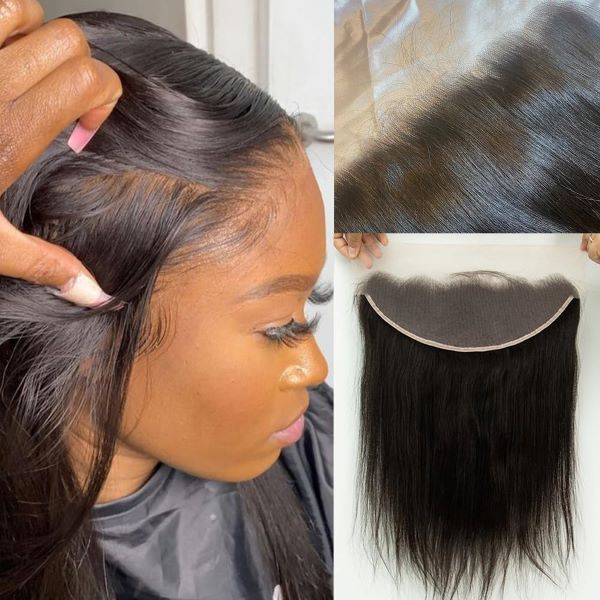
Longevity and Durability of Closures and Frontals
The longevity of difference between closure and frontal depends on how well they are taken care of and the quality of the hair plaster. Generally, frontals have to go through more steps of handling and reapplication of the adhesive, which makes them last a relatively shorter amount of time compared to closures. A quality closure will last several months if it gets sewn in and a year or more if glued, with proper treatment.
With superior styling options, however, Frontals tend to have shorter life spans being required to restyle, apply adhesive, and endure (heat, and sweat). Users need to be careful as frontal laces are delicate and more likely to wear and tear so they must take extra care on how to extend their durability. Storage and handling of closures and frontals can be kept regular, and the lifespan can be maximized through gentle handling and storing them properly.
Which One is Better:
The question arises about what to choose by looking at the difference between closure and frontal. What makes a closure or frontal better is ultimately a matter of preference, taste, and maintenance commitment.
A closure is best when you want a low-maintenance, simple yet stylish hairpiece. It is best suited for people who want a protective style with little or no maintenance and a neat look.
Sometimes there are times where a closure is chosen, and sometimes, a frontal is chosen when styling. It all has to do with customization, convenience, and personal hair goals, but both will leave you with a flawless and natural-looking hairstyle that you will want to achieve.
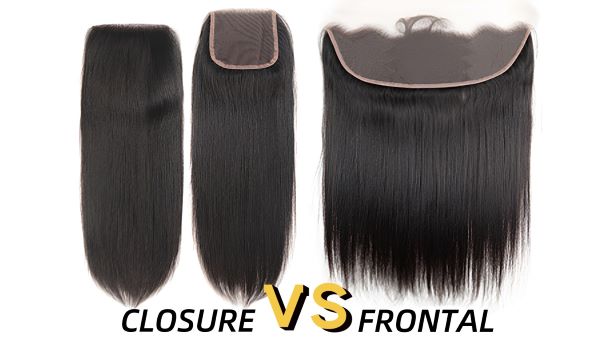
Conclusion
All WIGGINSHAIR lace closures and frontals are sold as best-quality ones, which are made to complement and blend with natural hair easily without giving you an obvious scalp. From a simple closure to dynamic styling with a frontal, WIGGINSHAIR offers a higher-grade, comfortable, and finishable hairpiece that will allow you to have the perfect look with great confidence.
